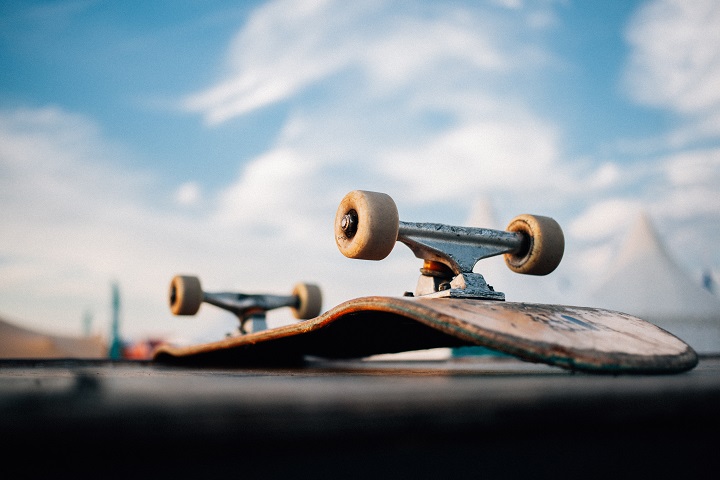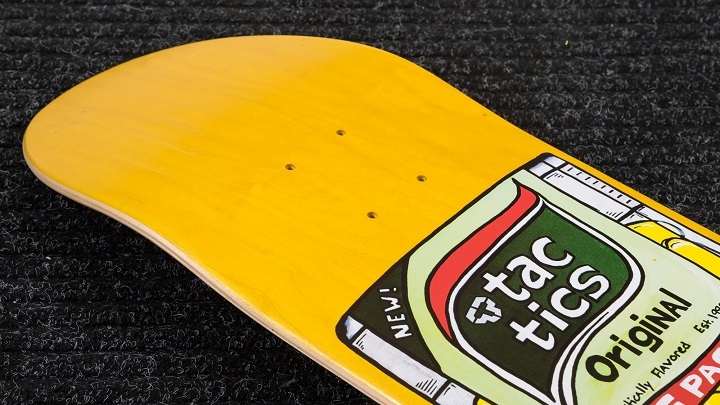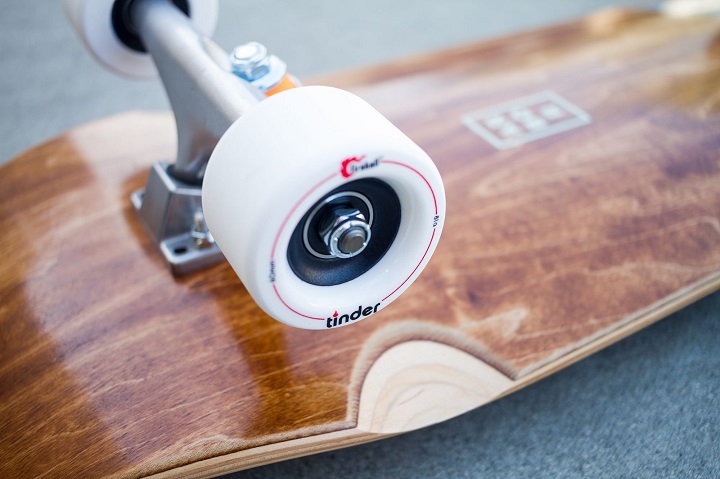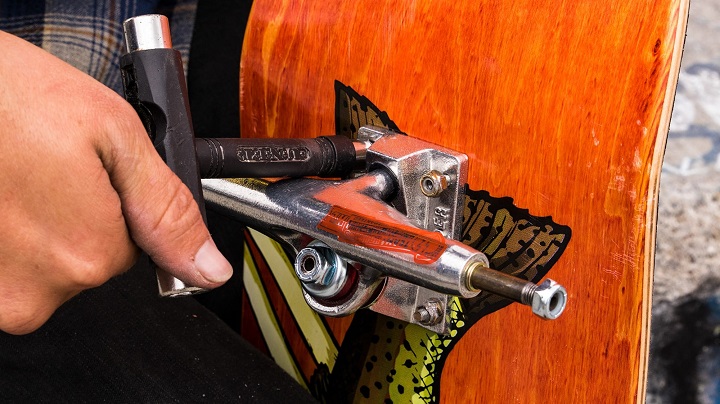How Are Skateboards Made? Explaining Their Basic Components

Skateboards are relatively simple pieces of sports equipment, consisting of a deck, trucks and wheels. However, the many different combinations of deck, truck and wheel designs make every board different. Most manufacturers design their boards using unique styling and templates which impose their design on the shape of the board. Even if two boards are identical in construction, they can feature different art designs that can be hand-made or made on a computer.
That being said, first-time skateboard buyers need to consider a few different things in order to make sure they get a board that fits not only their riding style but is also aesthetically pleasing. Getting to know how each part is made and how it’s all put together for a final product can help you get a better idea of what you need to look for when shopping for the ideal skateboard. However, you don’t necessarily have to buy a pre-made skateboard, but instead, get all the parts individually and put the skateboard together yourself.
Skateboard Decks

Skateboard decks are typically constructed of maple wood, where a piece undergoes a treatment that allows it to be peeled into multiple thin sheets of wood, known as veneers. The veneers are kept in a climate-controlled environment in order to make sure the moisture content is optimal. Too much moisture isn’t good for the manufacturing process. The veneers are put into a glue machine which evenly coats every veneer with water-based glue that’s specifically designed for wood.
After the coating process is done, the veneers are stacked based on the grain and level of use. Skateboards are made of seven layers of veneers. Every layer, except the third and the fifth, have the grain running from the tail to the nose of the board, and the third and the fifth veneer have the grain running from side to side. The stacks are then placed into a two-piece mold inside a hydraulic press. The mold creates the tail, nose and concave of every skateboard. The press can make from 5 to 15 decks at a time, and the resulting laminate sits in the press for anywhere from a couple of minutes to a few hours. The longer it sits, the more naturally the wood and the glue will set.
Then, the laminates are removed from the press, and eight holes for the truck mounts are drilled with a drilling rig by hand. A shaper then takes the drilled board and hand-shapes every deck with a band saw with a previously made template. The deck is then sanded and coated with a sealant or paint. Once it’s dry, decorative design is placed with screenprinting. Every colour is hand-painted on a custom screenprinting machine. Lastly, the deck is dried and ready for use.
Skateboard Wheels

Not all skateboard wheels are made the same. For instance, skateboard cruiser wheels are very different from wheels made for park riding. Skateboard cruiser wheels are typically bigger and much softer than park/street wheels. They are built to fit on any deck and to roll fast on any surface, making the skateboard they’re installed on a fun and fast way to get around town. Wheels are manufactured in metering machines, where two polyurethane parts are heated and mixed together in a specific ratio. High-quality polyurethane wheels are mixed together at increased temperatures, whereas lower-quality wheels are mixed closer to room temperature. This results in a liquid to which manufacturers add pigment if they want the wheels to be coloured. Then, the resulting mixture is placed into aluminium moulds through a mixing chamber, where it’s left to harden into solid form again.
The wheel is then removed and cured on a tray. Many wheel molds run at the same time on a conveyor system. The resulting wheel slug is shaped by hand on a lathe. With the help of a blade, the tread and sidewalls are cut into the wheel, and then the wheel is decorated in a semi-automated process.
Skateboard Trucks

The master truck pattern is made with one of three materials – clay, plastic or wood by hand. It is then used to make a match plate, which is then used to make a sand mould for the actual truck. The sand mould uses sand as the primary material, typically with water and clay. The material is then packed around the plate and removed. Aluminium ingots are then heated to a temperature of 700°C in a furnace. They are liquefied and poured into a sand mould. The truck’s axles are put inside the mould before the aluminium is poured in, and the mould is then left to cool. After that, the parts are broken by hand and removed. These parts include a riser pad, pivot cup, baseplate and a kingpin knob. Each part is then heat-treated with a machine, ground, drilled and polished. Lastly, the skateboard truck is hand-assembled with brushings, kingpins, washers, grommets and nuts.







